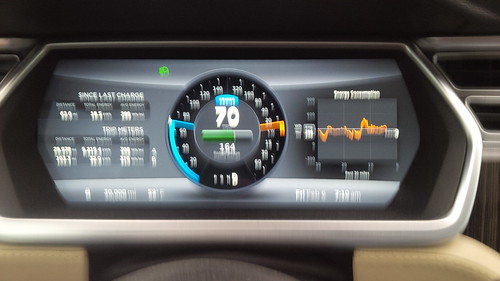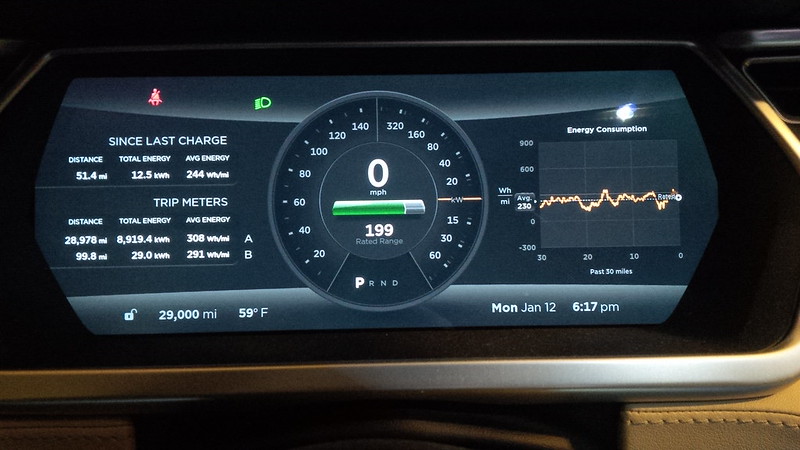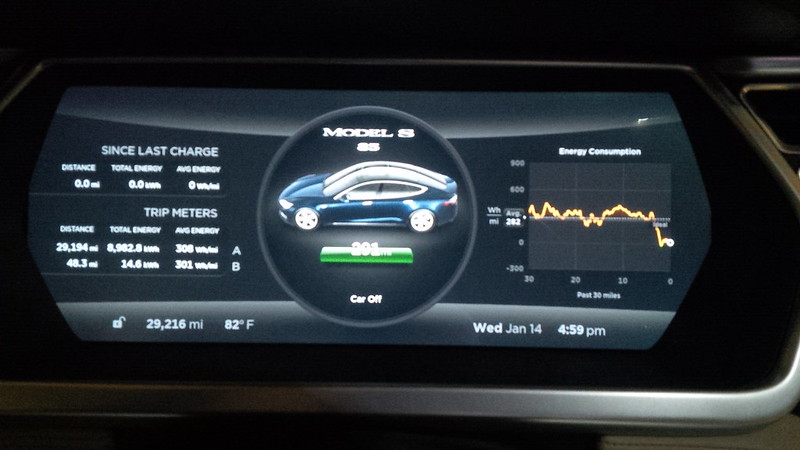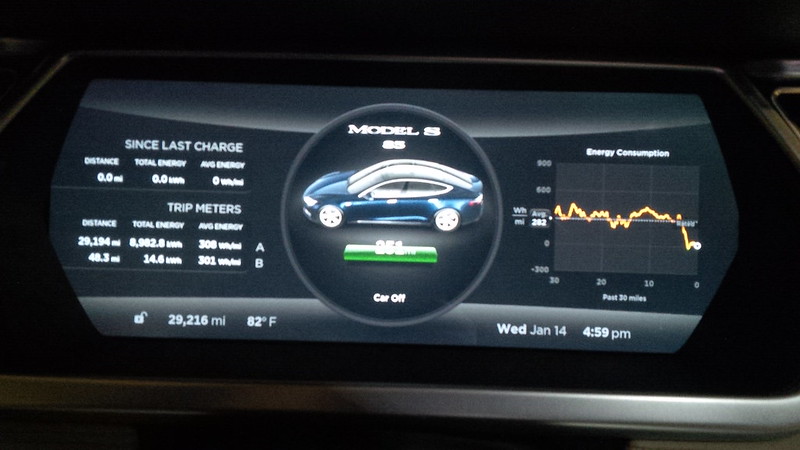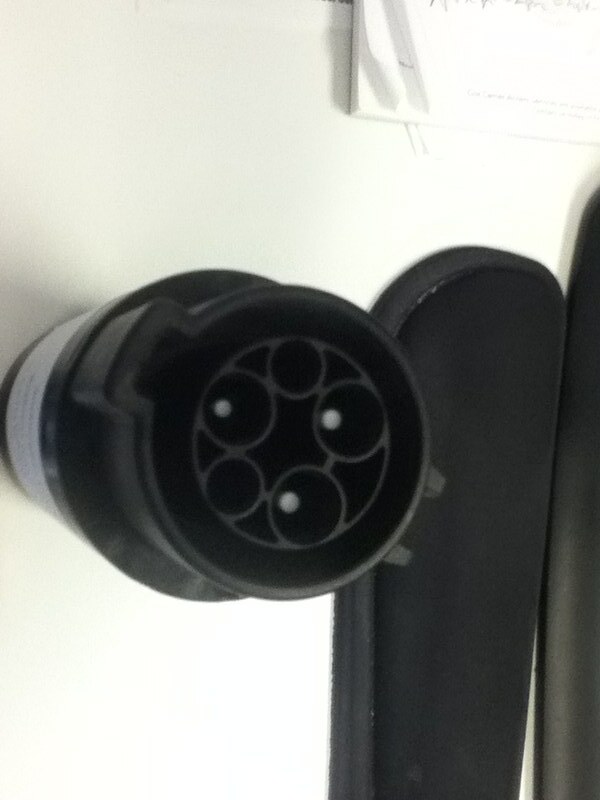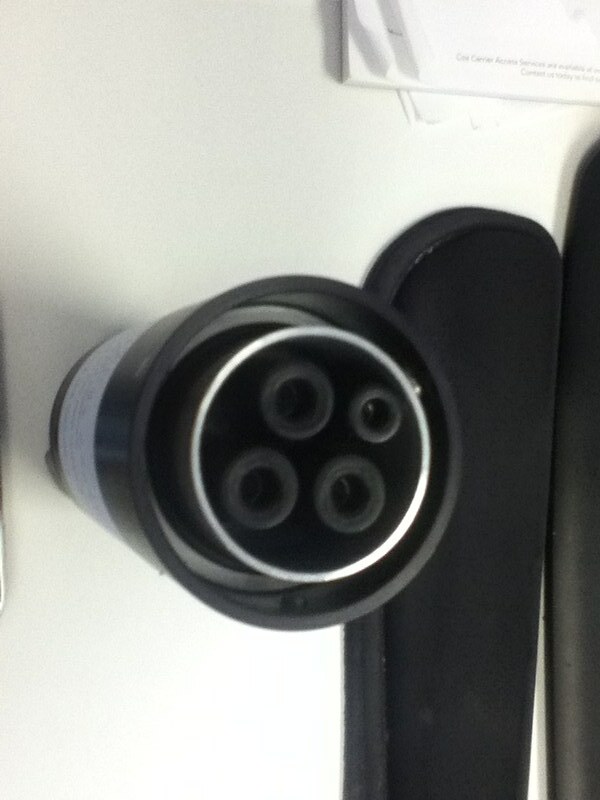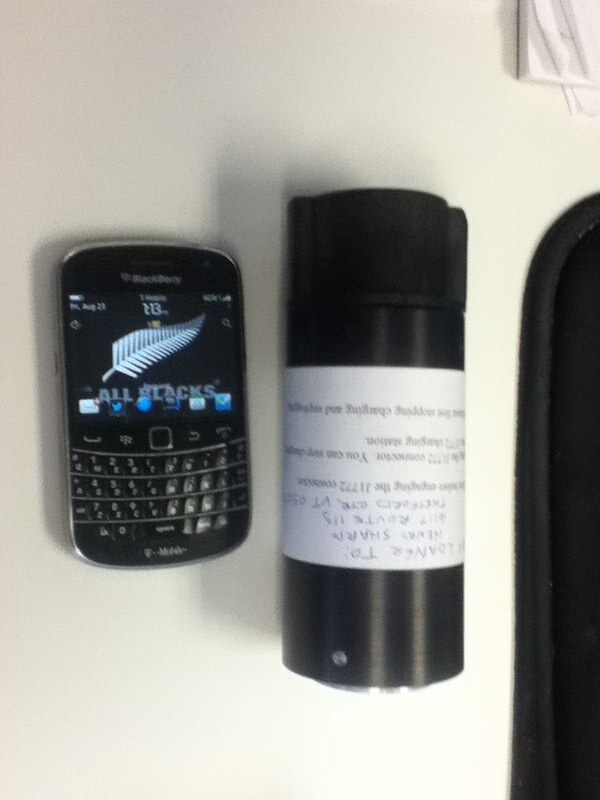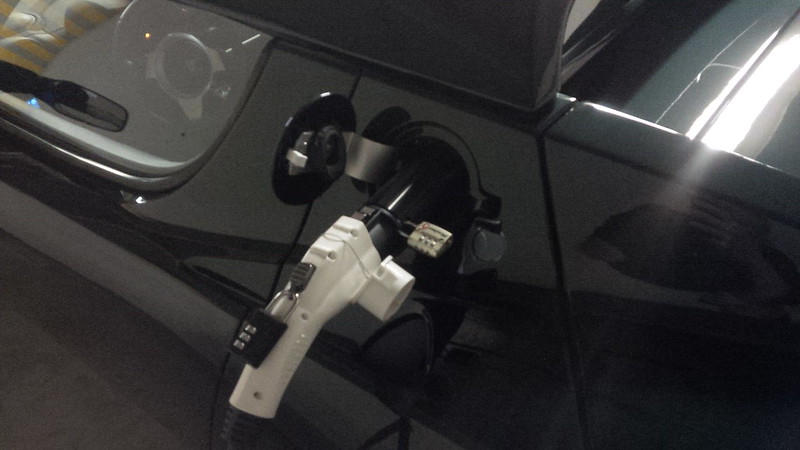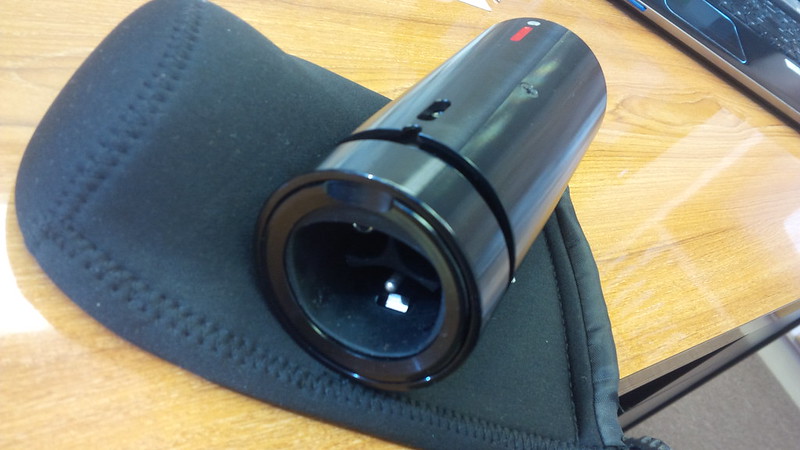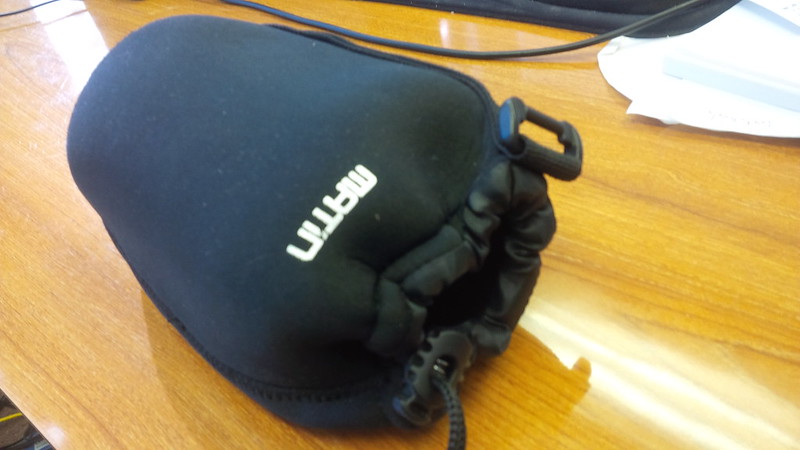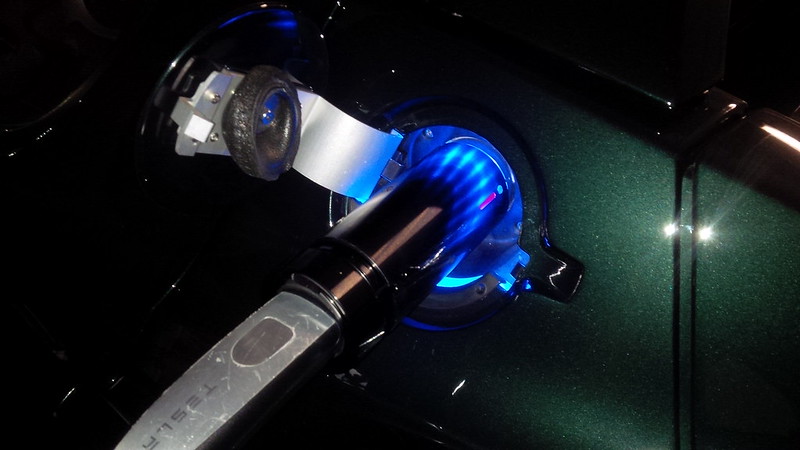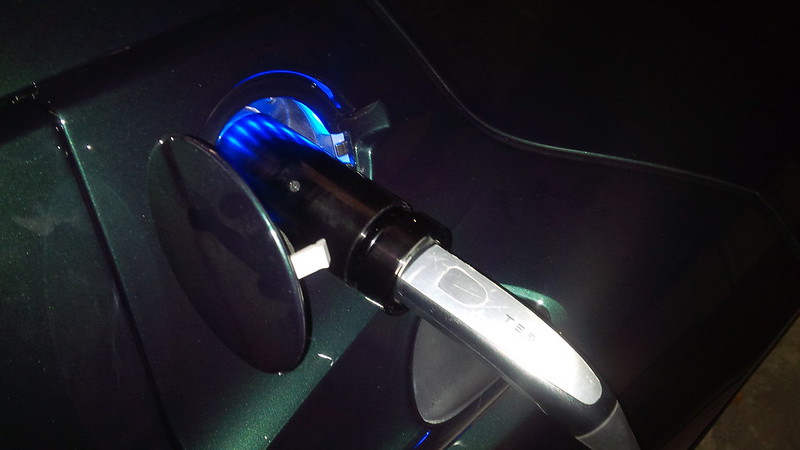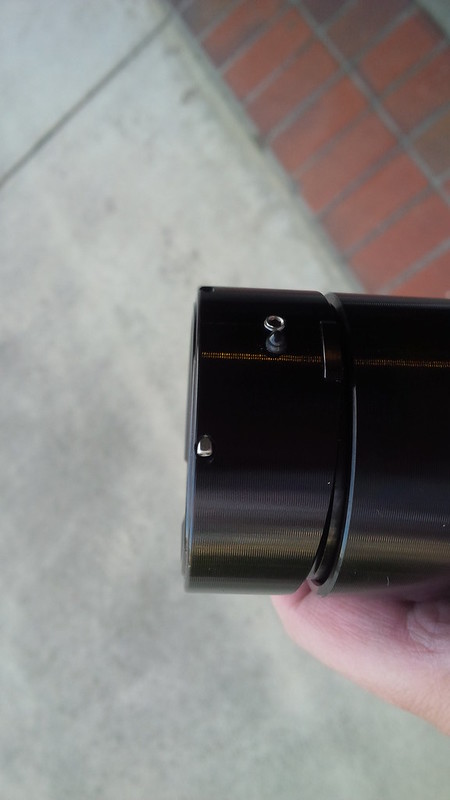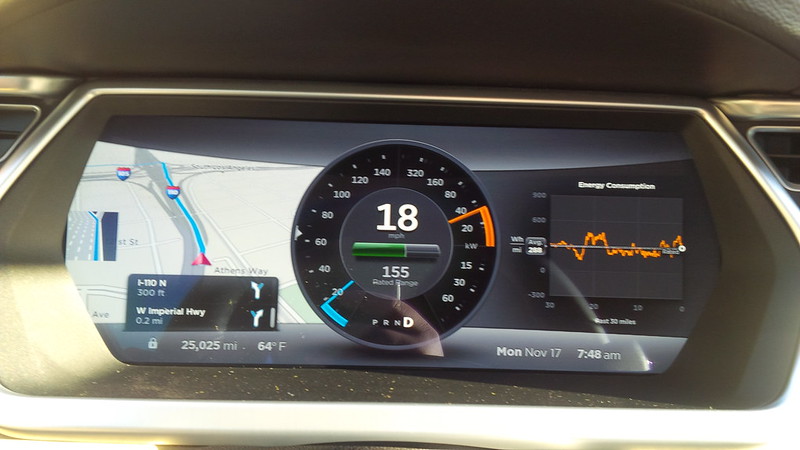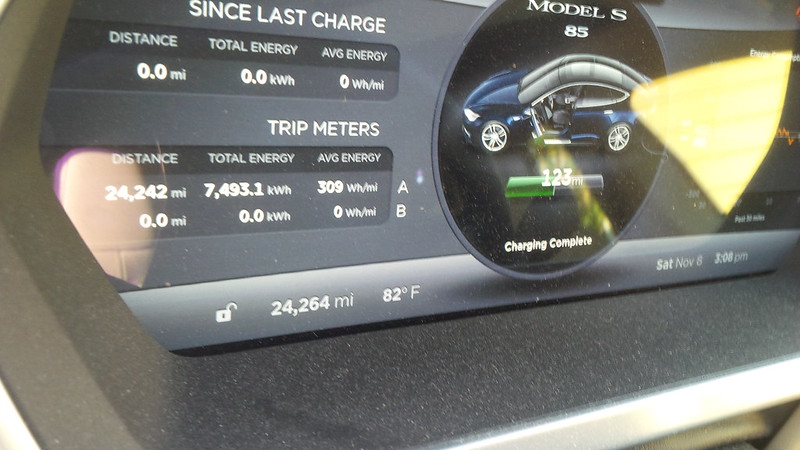So, it’s been two years since I’ve started tracking our garage’s EV vs ICE use. As I previously wrote two years ago on my Minimizing Gas Use article and on my update a year ago, I do drive a hybrid garage. For those that need a refresher, a hybrid garage is one where some of my cars are EVs and the others are internal combustion engine (ICE) cars. As a family that is a part of the rEVolution, why do we still have ICE cars, it’s because we’re not as good as those that have gone to an all electric lifestyle. Hats off to them, but there are just times that I like to use our vehicles that happen to use gasoline.
This past “winter” was better than last year’s “winter”, but we did not brave the mountains with our fourteen year old BMW X5. The X5 lets us go to the mountains around LA when there are restrictions to drive when the snow is fresh. Additionally, when we need to buy large items to move, we’ll use this same workhorse to help us move them. Granted the Model S does have a LOT of space, but I’m not one of those brave souls to carry “cargo” in them.
Last year we also had our BMW 328iC Convertible. But we sold that now that we’re more comfortable removing and re-installing the roof on the Tesla Roadster. So, on those days that we feel like driving around Sunny Southern California with the top down, we just use the Roadster.
That being said, I understand the costs of our addiction to oil and gas and we try to minimize it.
Two years ago, I started tracking the number of miles my household used ICE vs. EV to see what percentage of our private car travels are electric and what part are powered by internal combustion engines. Since we travel a little bit, I’ve decided to count the miles driven in rental cars to this spreadsheet and the miles that we’ve lent our ICE vehicles (and EVs) (ICE is now singular over the course of the second year of this study) to our friends and family when they visit Southern California. This is why I created some tracking spreadsheets and tracked mileage for a year. However, the results from last year to this year are impressive.
In the first year of the study, we drove EV a total of 81.20% of the time and ICE 18.80% of the time.
In the second year of the study, we drove EV a total of 92.64% of the time and ICE 7.36% of the time. 94.78% of the time and ICE 5.22% of the time. [Correction from 3/10/2016, discovered transposed number in tracking miles a year later.] We sold our second ICE car in Month 4 of the second year (or 16th Month overall). Additionally, we did try to rent EVs on trips as much as possible, unfortunately, even in areas of the country that have EVs available to rent, the vehicles were rented out ahead of the time of our trip there (specifically Honolulu and Orlando). We tried to rent an EV on a trip to Portland, however, at the time, there was no onsite EV rental at PDX International Airport.
As a whole, the household (as defined earlier, my wife and I and when we lend the cars to family and friends) drove about 46,000 total miles (both EV and ICE in the previous period) and we drove a total of approximately 39,300 55,000 total miles in the second year. That’s an increase of 9,000 decrease of 7,000 more miles of total driving of which 52,500 36,422 of those total miles were EV. That’s nearly 6,000 more miles than ALL the driving that we did during the first year of the hybrid garage study.
Interestingly, I did a quick 31,310 Tesla Model S update the day before the end of the second year of the study period and I had a lifetime Model S efficiency of 308 wH per mile. At the end of the day of the second year of the study, that average went down to a more efficient 307 wH per mile.
Throughout the past year I’ve been using 308 wH per mile for my calculations. Now going to have to use 307 wH per mile. That achievement is something.
One of the things that I was hoping to announce in this post is, as a family, we’ve reached 100,000 all EV miles across all three EVs that we’ve leased or owned, but sadly at the end of the second year of the period, we’ve been able to get to 99,665 miles on all the EVs that we’ve owned or leased. Now if we were to count our loaners and the few times we’ve been able to rent EVs in this count, I’m sure we’re well over 100,000.
Looking forward to seeing what else we can achieve with our hybrid garage next year.

